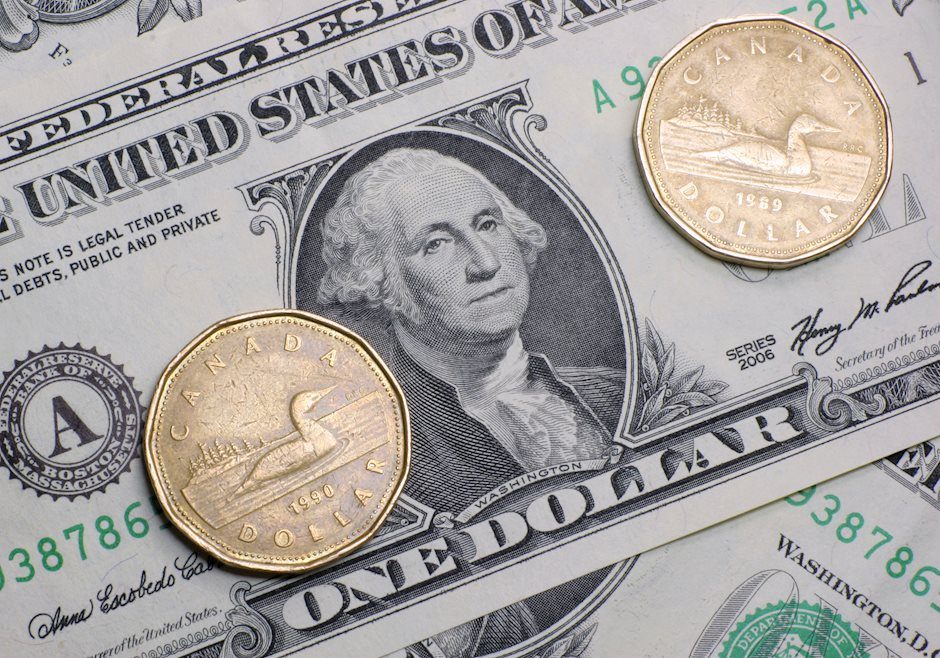USD/CAD Price Forecast: Aims to revisit over two-month high of 1.3840
- USD/CAD strives to revisit the immediate resistance of 1.3840 ahead of the BoC’s policy decision on Wednesday.
- The BoC is expected to cut interest rates by 50 bps to 3.75%.
- The next move in the US Dollar will be influenced by headlines regarding US presidential elections.

The USD/CAD pair extends its winning spree for the third trading session on Monday. The Loonie pair sustains above 1.3800 and aims to recapture the 11-month high of 1.3840 ahead of the Bank of Canada’s (BoC) interest rate decision, which will be announced on Wednesday.
Economists expect the BoC to cut its borrowing rates for the fourth time in a row. However, the pace at which it is expected to lower interest rates is larger-than-usual. With Canadian inflation remaining under control and the jobless rate beyond 6% despite back-to-back rate cuts, the BoC is expected to cut rates by 50 basis points (bps) to 3.75%.
This would keep the Canadian Dollar (CAD) on the back for a longer period as other central bankers such as the Federal Reserve (Fed), the Bank of England (BoE), and the European Central Bank (ECB) are expected to follow a gradual policy-easing cycle.
Meanwhile, sheer strength in the US Dollar (USD) has also kept the Loonie pair on the front foot. The US Dollar Index (DXY), which tracks the Greenback’s value against six major currencies, resumes its upside journey after a mild correction on Friday. Growing uncertainty over the United States (US) presidential elections has strengthened the US Dollar’s appeal as a safe haven.
USD/CAD witnessed strong buying interest after a breakout above the September 19 high around 1.3650.
The near-term outlook of the Loonie pair has strengthened further as the 20- and 50-day Exponential Moving Averages (EMAs) near 1.3645 and 1.3690, respectively, are sloping higher.
The 14-day Relative Strength Index (RSI) oscillates inside the bullish range of 60.00-80.00, pointing to an active momentum.
More upside towards the round-level resistance of 1.3900 and Year-To-Date (YTD) high of 1.3945 would appear if the pair decisively breaks above April 16 high of 1.3846.
In an alternate scenario, a downside move below the September 19 high of around 1.3650 will expose the asset to a May 16 low near 1.3600, followed by a September 13 high of 1.3538.
USD/CAD daily chart
Canadian Dollar FAQs
The key factors driving the Canadian Dollar (CAD) are the level of interest rates set by the Bank of Canada (BoC), the price of Oil, Canada’s largest export, the health of its economy, inflation and the Trade Balance, which is the difference between the value of Canada’s exports versus its imports. Other factors include market sentiment – whether investors are taking on more risky assets (risk-on) or seeking safe-havens (risk-off) – with risk-on being CAD-positive. As its largest trading partner, the health of the US economy is also a key factor influencing the Canadian Dollar.
The Bank of Canada (BoC) has a significant influence on the Canadian Dollar by setting the level of interest rates that banks can lend to one another. This influences the level of interest rates for everyone. The main goal of the BoC is to maintain inflation at 1-3% by adjusting interest rates up or down. Relatively higher interest rates tend to be positive for the CAD. The Bank of Canada can also use quantitative easing and tightening to influence credit conditions, with the former CAD-negative and the latter CAD-positive.
The price of Oil is a key factor impacting the value of the Canadian Dollar. Petroleum is Canada’s biggest export, so Oil price tends to have an immediate impact on the CAD value. Generally, if Oil price rises CAD also goes up, as aggregate demand for the currency increases. The opposite is the case if the price of Oil falls. Higher Oil prices also tend to result in a greater likelihood of a positive Trade Balance, which is also supportive of the CAD.
While inflation had always traditionally been thought of as a negative factor for a currency since it lowers the value of money, the opposite has actually been the case in modern times with the relaxation of cross-border capital controls. Higher inflation tends to lead central banks to put up interest rates which attracts more capital inflows from global investors seeking a lucrative place to keep their money. This increases demand for the local currency, which in Canada’s case is the Canadian Dollar.
Macroeconomic data releases gauge the health of the economy and can have an impact on the Canadian Dollar. Indicators such as GDP, Manufacturing and Services PMIs, employment, and consumer sentiment surveys can all influence the direction of the CAD. A strong economy is good for the Canadian Dollar. Not only does it attract more foreign investment but it may encourage the Bank of Canada to put up interest rates, leading to a stronger currency. If economic data is weak, however, the CAD is likely to fall.
Author

Sagar Dua
FXStreet
Sagar Dua is associated with the financial markets from his college days. Along with pursuing post-graduation in Commerce in 2014, he started his markets training with chart analysis.


















